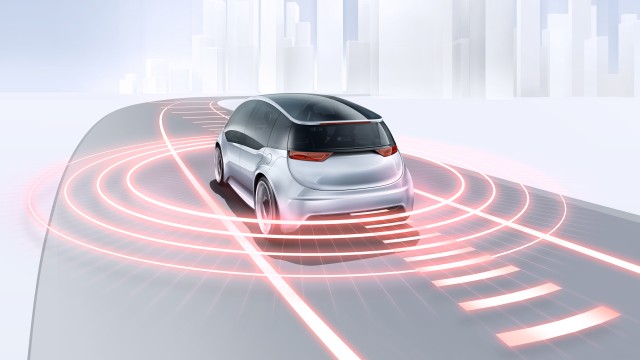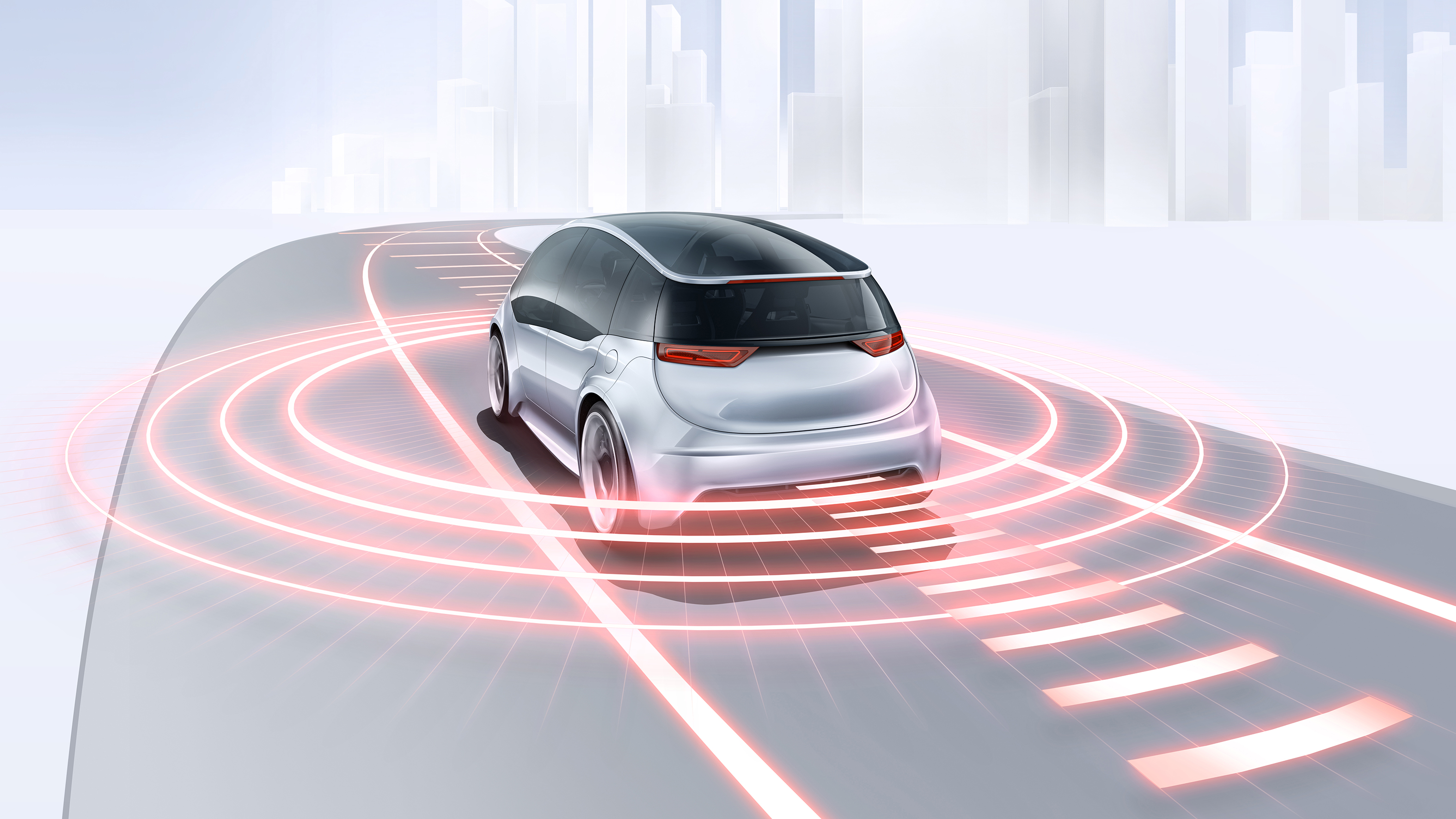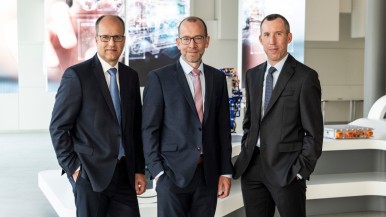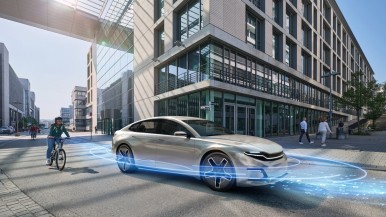Stuttgart, Germany – Connected vehicles will make mobility more efficient, safer, more relaxed, and more intelligent. For this, the vehicles – whether on the road, in the air, or on the factory floor – will have to be able to reliably exchange data with each other and their surroundings. Various sensors, such as radars, will play a key role in this. Sensors will enable vehicles to “see” and recognize their surroundings, helping them avoid collisions, for example. For the autonomous operation of vehicles in particular, sensors are indispensable. At present, automotive communication and sensor systems usually run independently of each other, even though they have a lot in common when it comes to features such as signal processing or system architecture.
The 6G-ICAS4Mobility project aims to more closely interconnect the communication and radar systems, which currently run separately, and to integrate them into a single 6G system. Over the next three years, the project will develop crucial foundations of the future 6G standard, and in this way make an important contribution to securing Germany’s and Europe’s technological sovereignty. The Bosch-led consortium of universities, automotive suppliers, communication and radar specialists, and drone providers has begun its research.
In the future, the real-time sensor data of different mobile units (such as vehicles) will be coordinated and combined via 6G mobile communications to create a more precise picture of vehicles’ surroundings. This will increase road safety and road-use efficiency. At the same time, the direct integration of radar functions into future communication models will cut costs and lead to a more efficient use of scarce wireless resources.
In addition to addressing relevant scenarios for road traffic, insights gained from the project will serve, in particular, as technical foundations for applications in the connected drones domain as well as in Industry 4.0 (e.g. for driverless transport systems). 6G-ICAS4Mobility is being funded by the German Federal Ministry of Education and Research to the tune of ten million euros, or 70 percent of the project costs.






